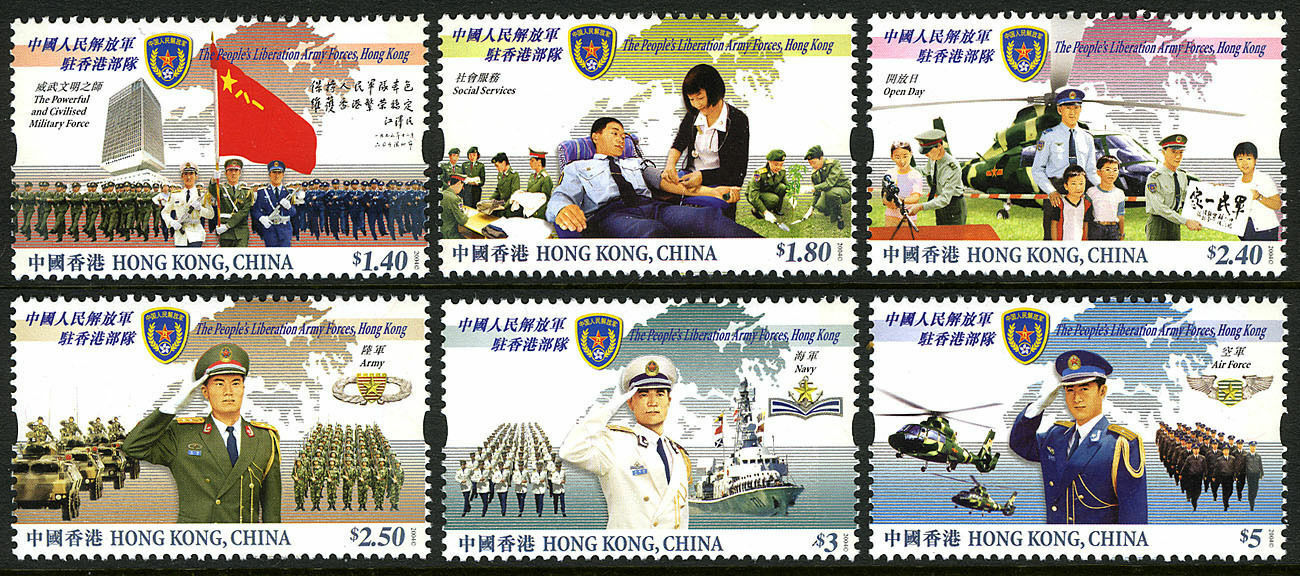-40%
Hong Kong 2015 Scientists in Ancient China stamps set 中國古代科學家
$ 2.37
- Description
- Size Guide
Description
All in good condition ..70 Zhang Heng (AD 78-139), an astronomer in the Eastern Han Dynasty, invented the world’s first seismoscope in the first year of the Yangjia Reign (AD 132). At the centre of the cavity of this bronze instrument was a hanging pendulum which carried eight mobile arms and cranks connected to eight corresponding dragons around the instrument’s surface. Each dragon held a bronze ball in its mouth and beneath the head of each dragon sat a toad with its mouth opening upwards. In the event of an earthquake, the vibrating pendulum would move the crank of a mobile arm in a specific direction and cause the corresponding dragon to release the small bronze ball into the open mouth of a toad. The time and direction of the earthquake could thus be deduced.
.90 Zu Chongzhi (AD 429-500) was a mathematician-cum-astronomer in the Southern and Northern Dynasties. His calculation of pi was undoubtedly his greatest achievement in mathematics. Using the “cyclotomic method”, he concluded that the value of pi fell between 3.1415926 and 3.1415927 after some complicated calculations. This approximation, accurate to the seventh decimal place, was a monumental accomplishment in the world at that time.
.70 Guo Shoujing (AD 1231-1316) was an astronomer, mathematician and hydraulics expert in the Yuan Dynasty who invented over ten instruments, including the Simplified Armilla, Lofty Gnomon and Pole-observing Instrument. By simplifying the traditional armillary sphere, he created the Simplified Armilla to measure the equatorial coordinates of celestial bodies. Without the traditional ecliptic circle, the Simplified Armilla featured two separated components for measuring equatorial and azimuthal coordinates, and an alidade substituting for the sighting-tube in the traditional armillary sphere. Crosshairs on the alidade allowed accurate pointing at celestial bodies and hence greater observational accuracy.
Li Shizhen (AD 1518-1593) was a medical expert and pharmacologist in the Ming Dynasty. He spent about 30 years compiling books on medicine, culminating in the completion of the Compendium of Materia Medica in 1578. The Compendium grouped 1,892 medicinal substances into 16 divisions and 60 orders with a precise description for each substance. The book was regarded as the most comprehensive pharmacological taxonomy work at that time









